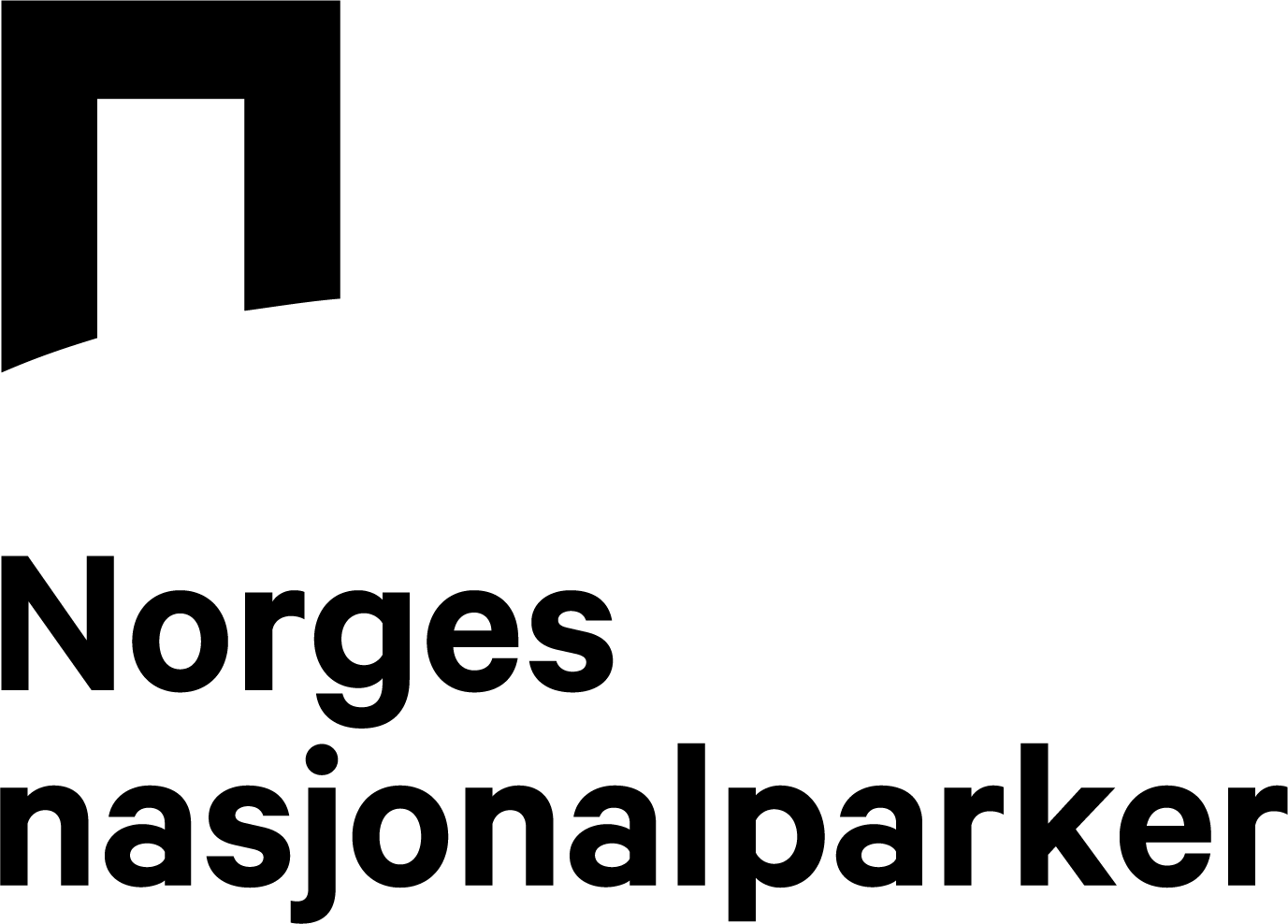≡ Meny
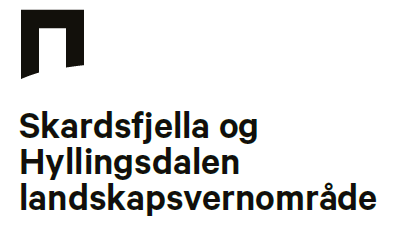
The nature reserves in Skardsfjella and Hyllingsdalen
Five nature reserves are situated within the boundaries of the Skardsfjella and Hyllingsdalen conservation areas. All of these are located in Røros municipality. These are forest and wetland areas with vital bird habitats and various vegetation types. Nature reserves are Norway’s strictest form of protection, and each reserve has its own conservation regulations.
The nature reserves in Skardsfjella and Hyllingsdalen
Five nature reserves are situated within the boundaries of the Skardsfjella and Hyllingsdalen conservation areas. All of these are located in Røros municipality. These are forest and wetland areas with vital bird habitats and various vegetation types. Nature reserves are Norway’s strictest form of protection, and each reserve has its own conservation regulations.

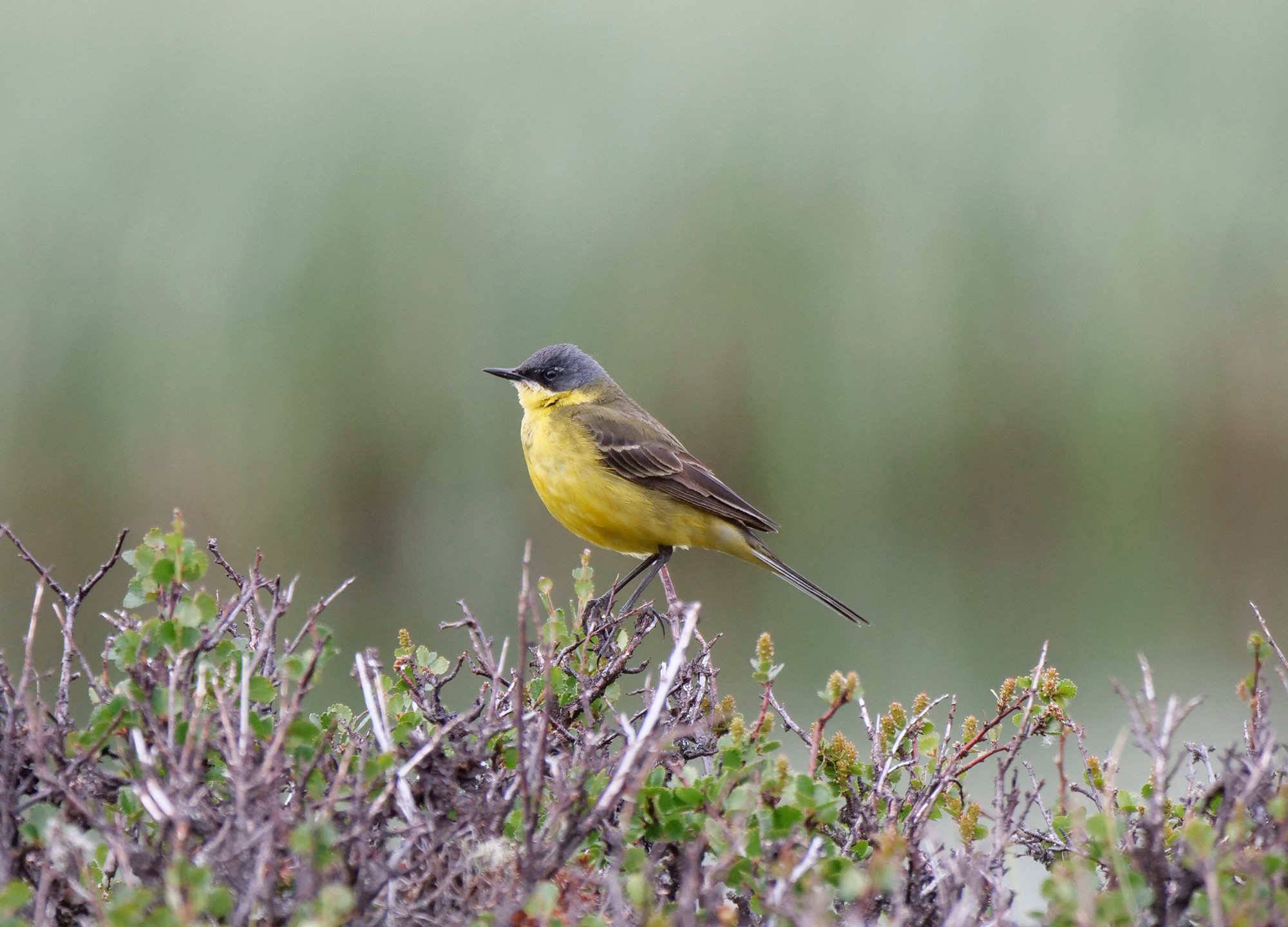
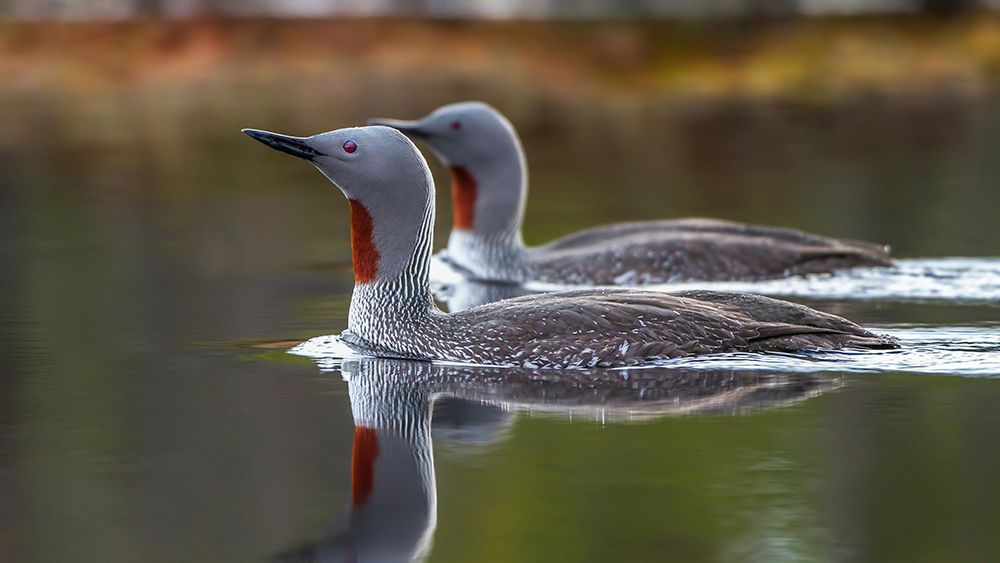
Djuptjønna Nature Reserve is a unique and untouched wetland area with many ponds. It is located just north of Rien; you will find lakes Djuptjønna, Lakstjønna, Rundtjønna, Langtjønna here, as well as parts of Lake Kjellarhåen and Lervahåen. The nature reserve is an important breeding ground for wetland birds such as loons, ducks and waders. In addition to the common species, red-list species such as common loon and sea bream have also been registered in the area. Hunting ducks and waders is not permitted in the area. The nature reserve covers a total of 4081 acres. The safety regulations can be found here.
Litlrien and Tjerråøyan nature reserves
are located just northwest of Rien along county road 705. The areas have very nutrient-rich and species-rich vegetation. Tall perennial forests, rich bogs, nutrient-rich springs, and dense willow thickets are found in large quantities. The Vierkratte is the largest, best developed, most varied, and least affected in the entire Røros area. These are of national value. The same applies to the birch forest. The nature reserves, together with Finnfloen, constitute the richest bird area in Skardsfjella and Hyllingsdalen. Large numbers of ducks, waders, and passerines nest here. In addition to the common species, several red-listed species have also been observed, including great black grouse, common tern, black grouse, black duck, hawk, and snipe. Beavers also dwell here. All small game hunting is prohibited in Litlrien and Tjerråøyan. Together, the two nature reserves comprise 1,179 acres. The protection regulations for Litlrien can be found here, and for Tjerråøyan here .
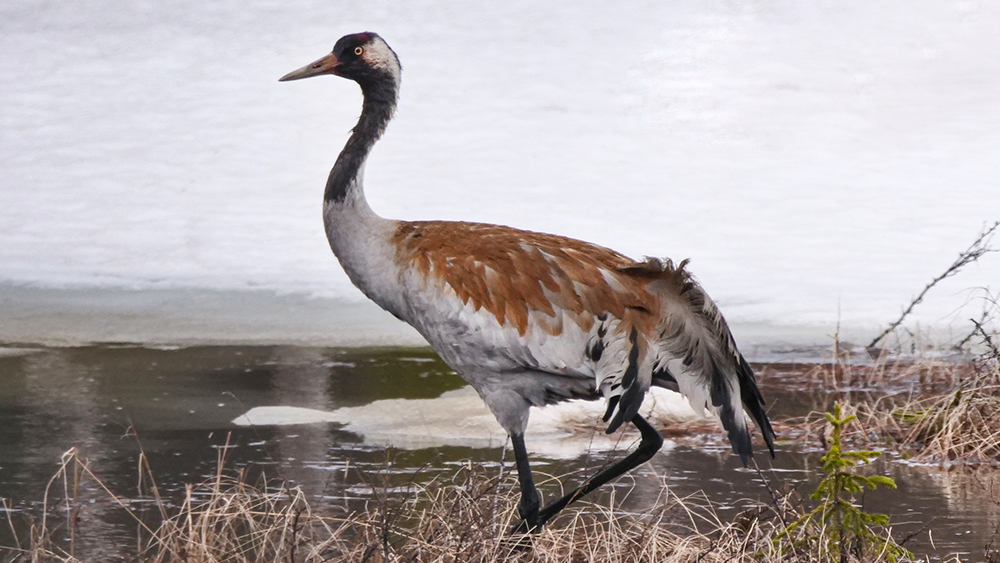

Litlrien and Tjerråøyan nature reserves
are located just northwest of Rien along county road 705. The areas have very nutrient-rich and species-rich vegetation. Tall perennial forests, rich bogs, nutrient-rich springs, and dense willow thickets are found in large quantities. The Vierkratte is the largest, best developed, most varied, and least affected in the entire Røros area. These are of national value. The same applies to the birch forest. The nature reserves, together with Finnfloen, constitute the richest bird area in Skardsfjella and Hyllingsdalen. Large numbers of ducks, waders, and passerines nest here. In addition to the common species, several red-listed species have also been observed, including great black grouse, common tern, black grouse, black duck, hawk, and snipe. Beavers also dwell here. All small game hunting is prohibited in Litlrien and Tjerråøyan. Together, the two nature reserves comprise 1,179 acres. The protection regulations for Litlrien can be found here, and for Tjerråøyan here .
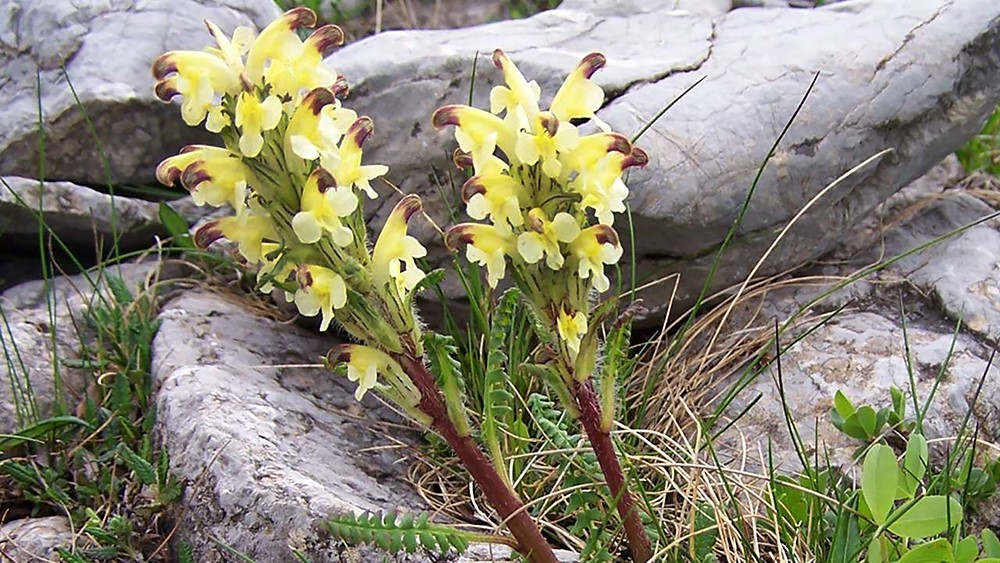
Viglåa Nature Reserve
is located at the east end of Hyllingen. The river Viglåa, which comes from Lake Viglsjøen, runs through the reserve. The landscape is varied, as is the vegetation. The most pristine birch forest in the Røros area is found at Viglåa. The forest is well-developed with large, old birch trees and lots of dead wood. Species diversity is often greater here than in cultivated forests. Many species completely depend on untouched forests, especially insects, fungi, lichens, and mosses. The varied landscape provides different growing conditions and very diverse vegetation. In rich forest areas, plants such as turt and musk grass are to be found. At the outlet at Hydda there is rich coastal vegetation with plant species such as roseroot, goldenrod, and king’s spire. The nature reserve covers an area of 7,216 acres. The safety regulations can be found here.
Finnfloen Nature Reserve
is a large and flat marsh area located between the lakes Rien and Hyllingen. The area is surrounded by birch forests and low mountains. Finnfloen has a large and varied range of bog types. Most of the area is covered by wetland that is not rich, but some richer bogs are to be found. Plant species that grow here include crane’s-bill, common moor-bell, hair moor-bell, and head moor-bell. The bog is home to several plant species with particularly interesting geographical distributions, such as dwarf sedge and willow sedge. In autumn, the bramble leaves glow red from the tops of the trees, and some years, there are large quantities of moles on the bog. Finnfloen has large, wet areas and several smaller ponds. Many of the ponds are in the process of growing back. Vegetation forms into a mat on the surface, and it is difficult to move about. These areas are attractive to several species of ducks and wading birds. Finnfloen is one of the richest bird areas in Skardsfjella and Hyllingsdalen, and several species of interest, such as cranes, sandpipers, and yellow grebes are found here. The nature reserve covers an area of 1,340 acres. The safety regulations can be found here.
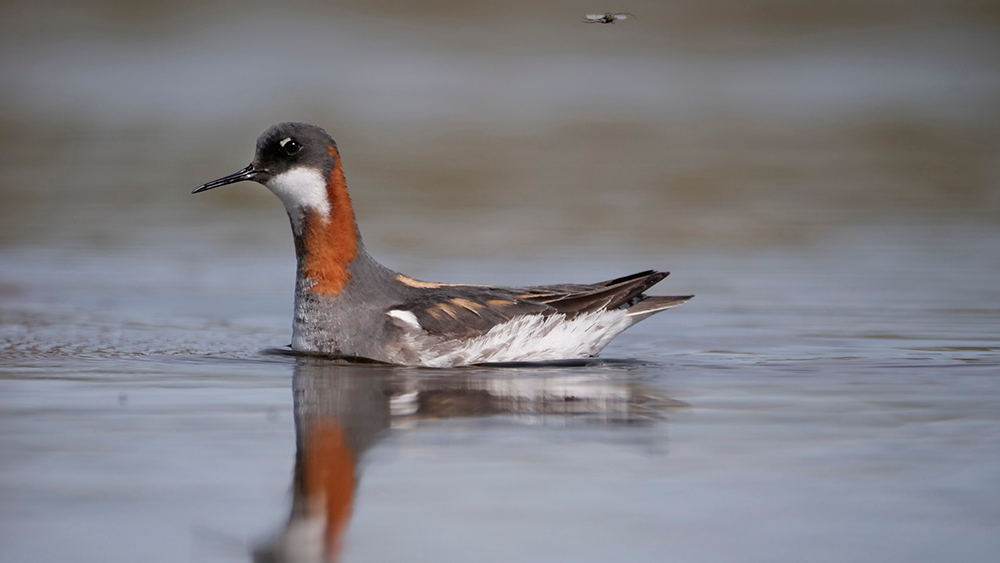

Finnfloen Nature Reserve
is a large and flat marsh area located between the lakes Rien and Hyllingen. The area is surrounded by birch forests and low mountains. Finnfloen has a large and varied range of bog types. Most of the area is covered by wetland that is not rich, but some richer bogs are to be found. Plant species that grow here include crane’s-bill, common moor-bell, hair moor-bell, and head moor-bell. The bog is home to several plant species with particularly interesting geographical distributions, such as dwarf sedge and willow sedge. In autumn, the bramble leaves glow red from the tops of the trees, and some years, there are large quantities of moles on the bog. Finnfloen has large, wet areas and several smaller ponds. Many of the ponds are in the process of growing back. Vegetation forms into a mat on the surface, and it is difficult to move about. These areas are attractive to several species of ducks and wading birds. Finnfloen is one of the richest bird areas in Skardsfjella and Hyllingsdalen, and several species of interest, such as cranes, sandpipers, and yellow grebes are found here. The nature reserve covers an area of 1,340 acres. The safety regulations can be found here.
Contact us
Verneområdestyret for Skardsfjella og Hyllingsdalen
Postboks 2600
7734 Steinkjer
Tlf. 73 19 93 11
Email: fmtlmsb@statsforvalteren.no
